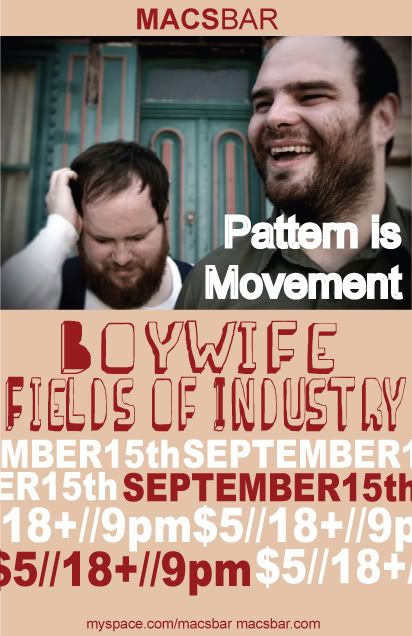
Pattern is Movement
Fields of Industry
Boywife
Find the best arts And entertainment news sources ,Art, Books, Television, Fashion, Theater at entertainment4art.blogspot.com,And getting more
 With long haired, rounded eyes and expressive, also great talent, Anne Hathaway be gossip since her first debut acting in Fox television drama series, Get Real (1999-2000). Looking her beauty and sweet, you maybe surprize knowing that the daughter from couple lawyer and actress, she was a tomboy girl and because of that she often get broken bone.
With long haired, rounded eyes and expressive, also great talent, Anne Hathaway be gossip since her first debut acting in Fox television drama series, Get Real (1999-2000). Looking her beauty and sweet, you maybe surprize knowing that the daughter from couple lawyer and actress, she was a tomboy girl and because of that she often get broken bone.

Art Spiegelman and Chris Ware are geniuses and should not be judged by old fashioned standards for drawing.
The drawings in Panter's comics... are not meant to be studied like... paintings..., they are meant to tell a story.
You are completely on crack. I have never seen such a misguided discussion in my life.... the art world is horrifically driven by vacant aetheticisms...
I think you are mistaking the sequential storytelling of comics with illustration.... If the focus of your blog is ILLUSTRATION ART, perhaps you should stick to that and not try to include Chris Ware in a category he does not belong.
A couple of suggestions for you Dave; grow up & wise up.
Sorry, David, but you have no idea what you're talking about. Go back to reading batman; you're totally out of your depth in trying to understand why Ware is a great artist
These artists make images that could be called bad drawings by someone looking for something pretty, but in actuality have great ideas behind them... Maybe because the drawings are essentially "bad drawings", it is hard to distinguish what is actually good from what is bad.








.jpg)

.jpg)









|
|